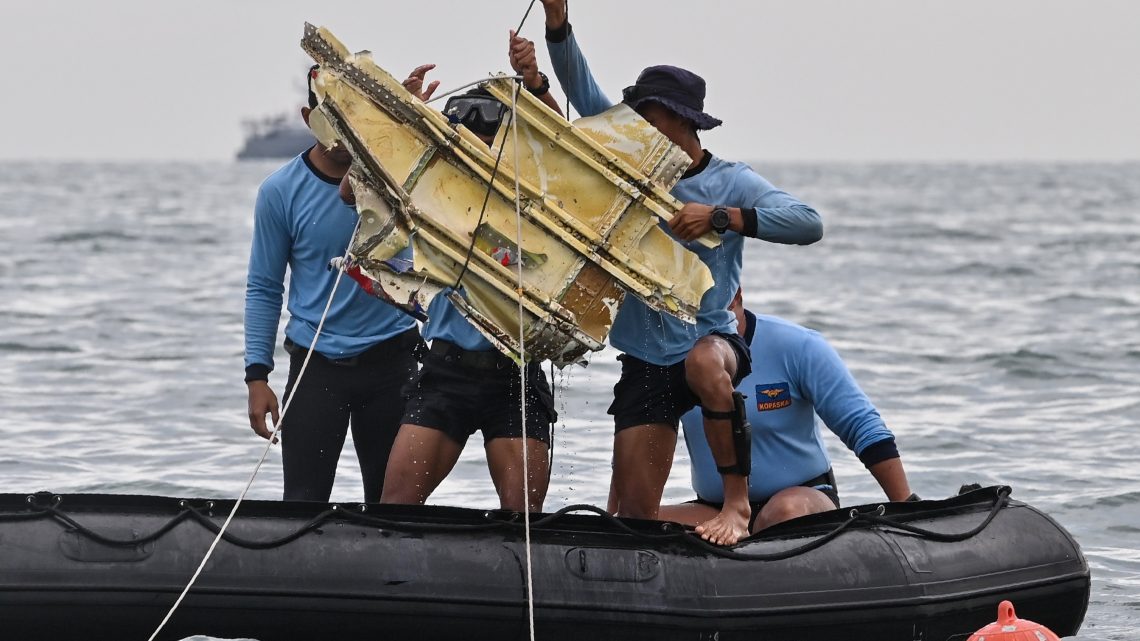
Indonesia Is Battling a Series of Disasters Just Weeks Into 2021
January 18, 2021It’s been a grueling start to the year for Indonesia.
As it struggles with coronavirus case surges, the sprawling Southeast Asian archipelago dealt with a tragic plane crash that killed all 62 people on board, floods and landslides that displaced tens of thousands, and a deadly earthquake that killed dozens. Then a volcano erupted. All this within the span of two weeks.
The loss of Sriwijawa Air Flight 182 on Jan. 9 was a grim beginning to 2021. The Boeing 737 plane went down mere minutes after taking off from the capital Jakarta and plunged into the sea, prompting a massive search and rescue operation. Divers spoke of turbulent weather conditions that hampered the search for the plane, more complicated than previous crashes in Indonesia’s accident-prone aviation sector.
“Weather conditions are bad and challenging, heavy winds and rains are not making it easier for many of us trying to bring back debris and bodies,” volunteer diver Bayu Wardoyo said.
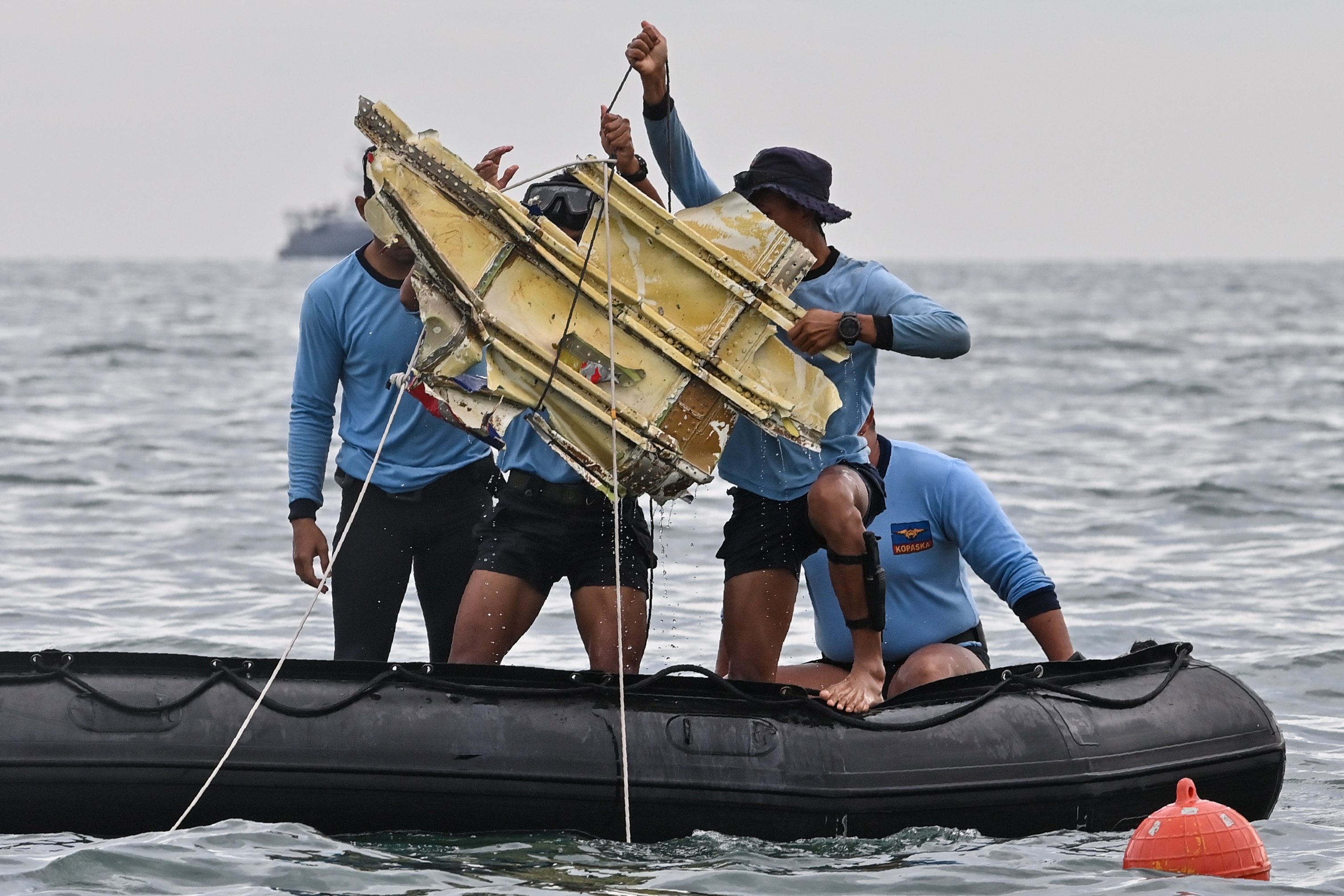
The bad weather would continue in many cities across the country throughout the week.
And things would take a turn for the worse.
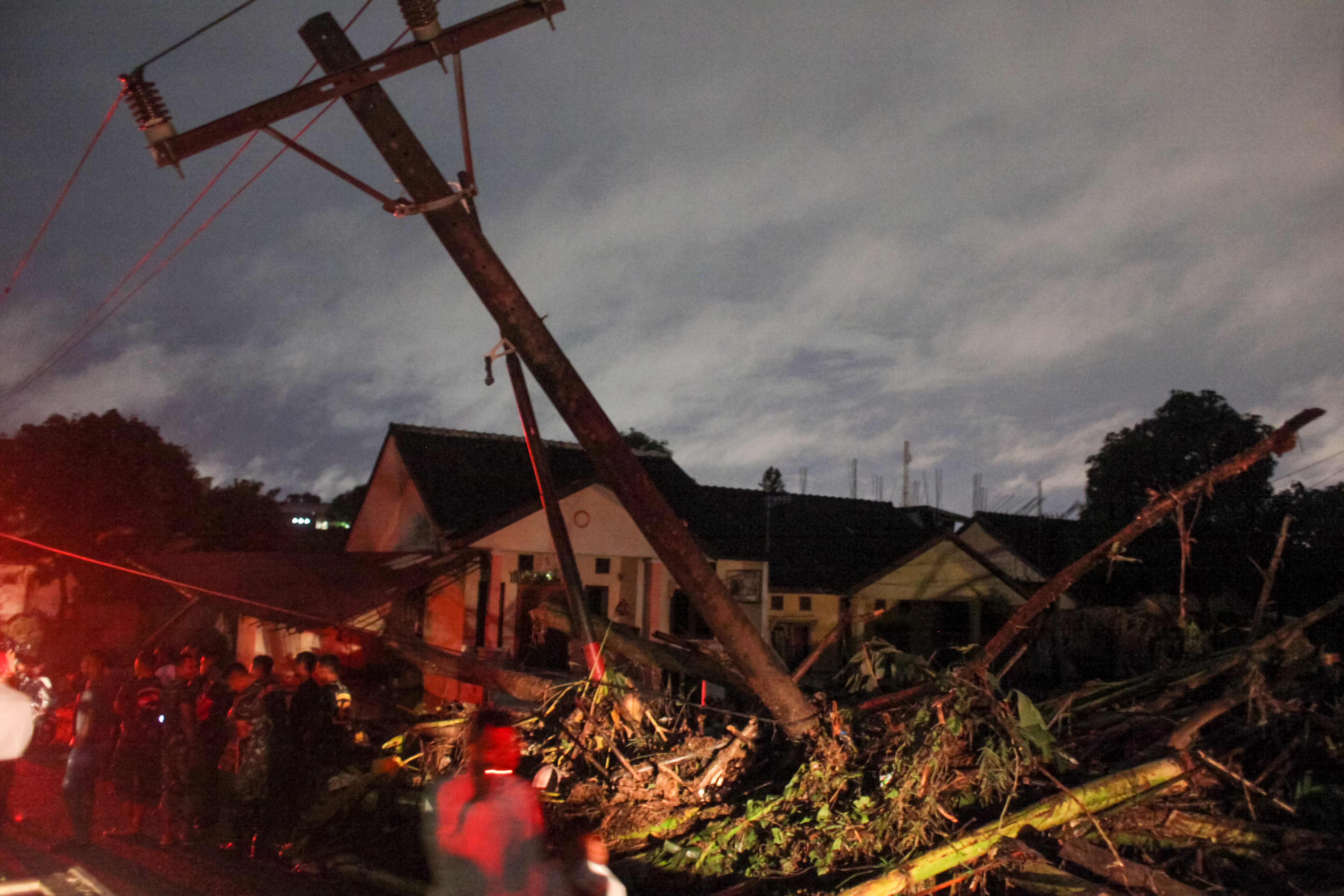
Heavy rains triggered dangerous landslides and widespread floods in central parts of Indonesia like South Kalimantan province as well as the outlying islands of Sulawesi and Borneo.
Devastating flood waters soon reached heights of up to 10 feet and displaced tens of thousands of people. National search and rescue groups like the BASARNAS government agency put the death toll at 100 and estimate that more than 70,000 people have been evacuated—with numbers set to rise. Local farmers were said to be most affected due to their proximity to fertile floodplains.
Then came a massive earthquake days later on Jan. 15—registering a magnitude of 6.2 on the Richter scale.
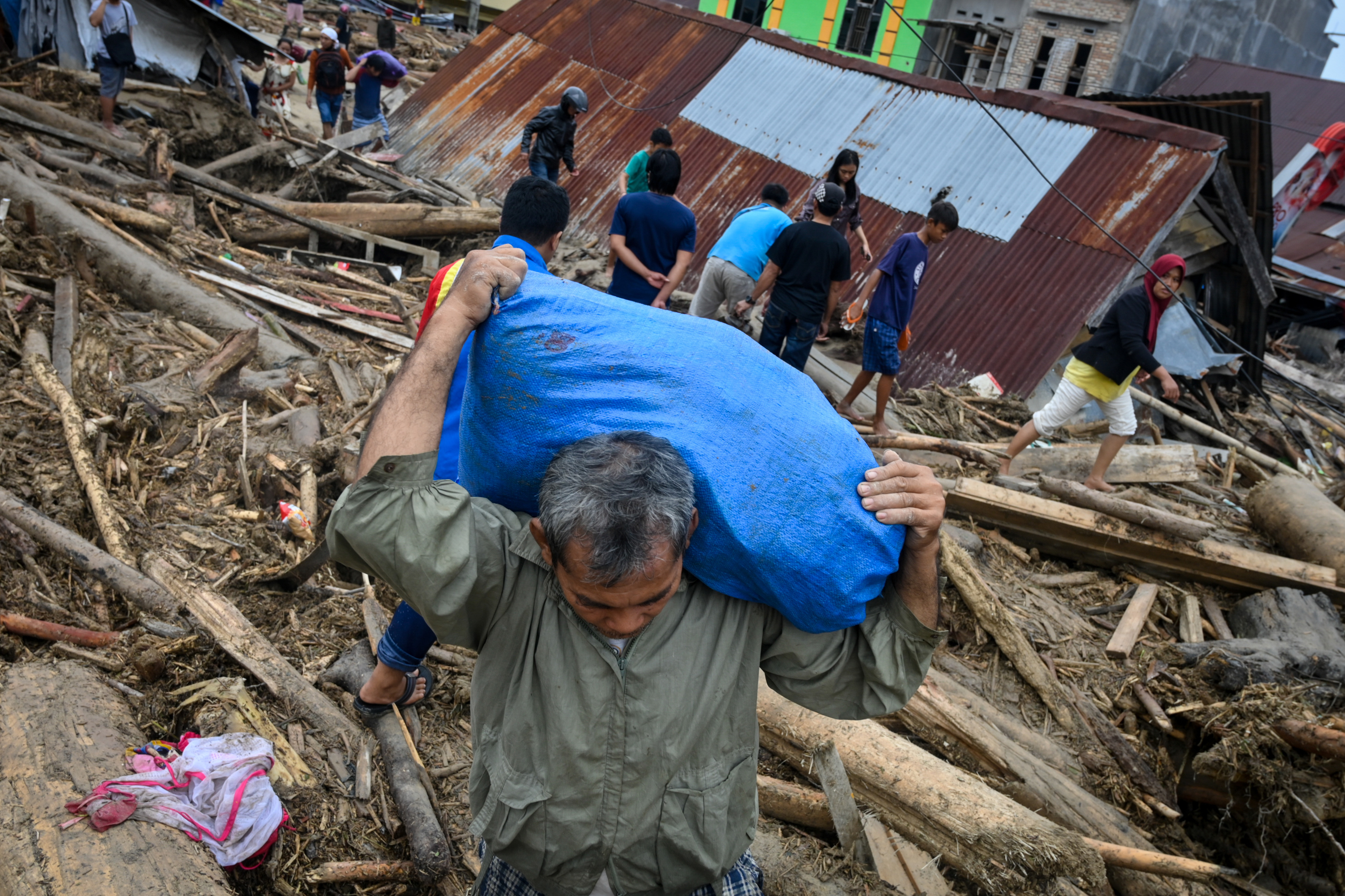
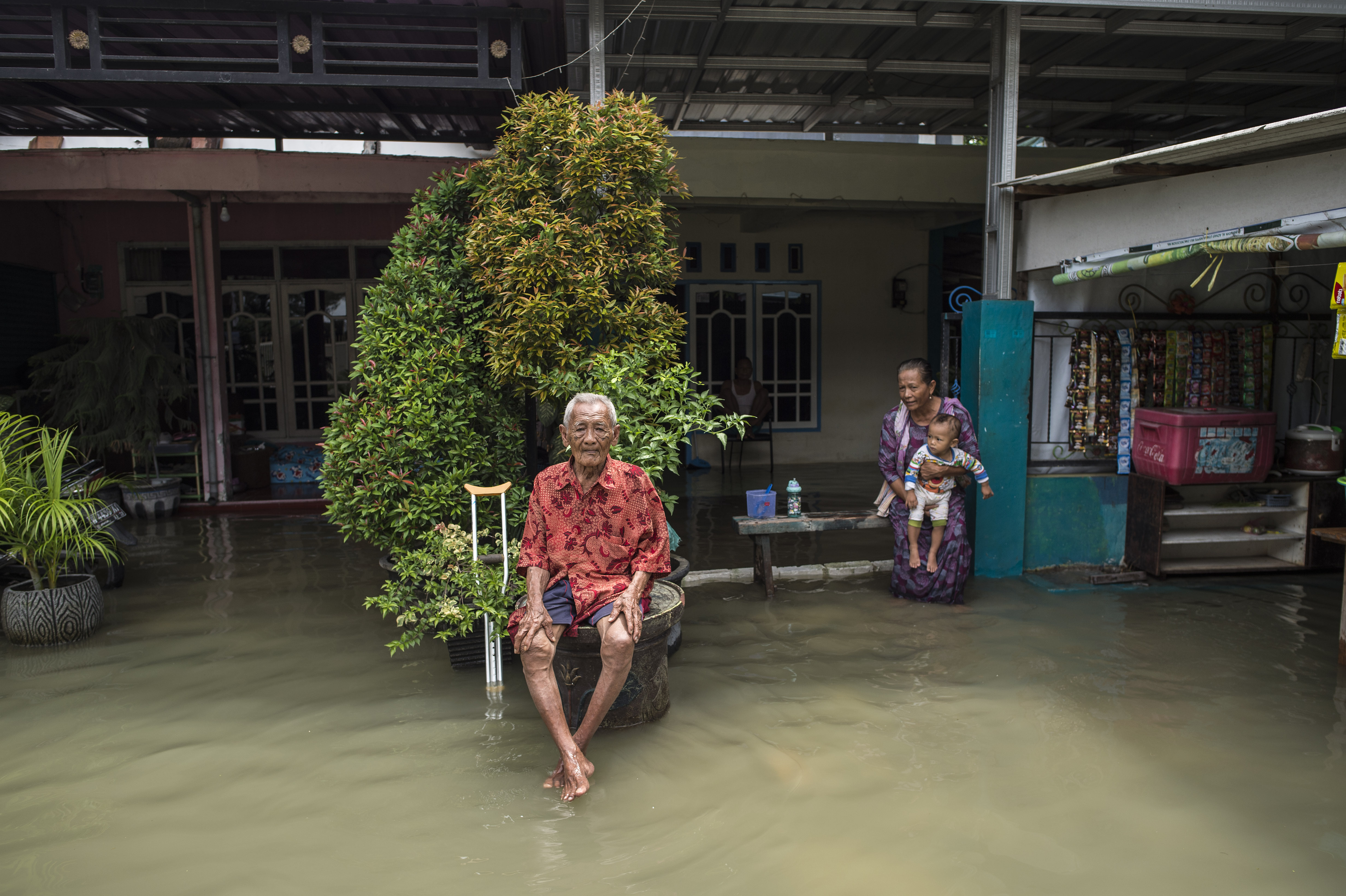
Once again, Sulawesi island was not spared. The earthquake struck its western province in the still of the night, sending residents fleeing in darkness. Buildings and homes were toppled while roads leading out of cities were blocked.
More landslides in the area were triggered, killing at least 78 people, according to reports.
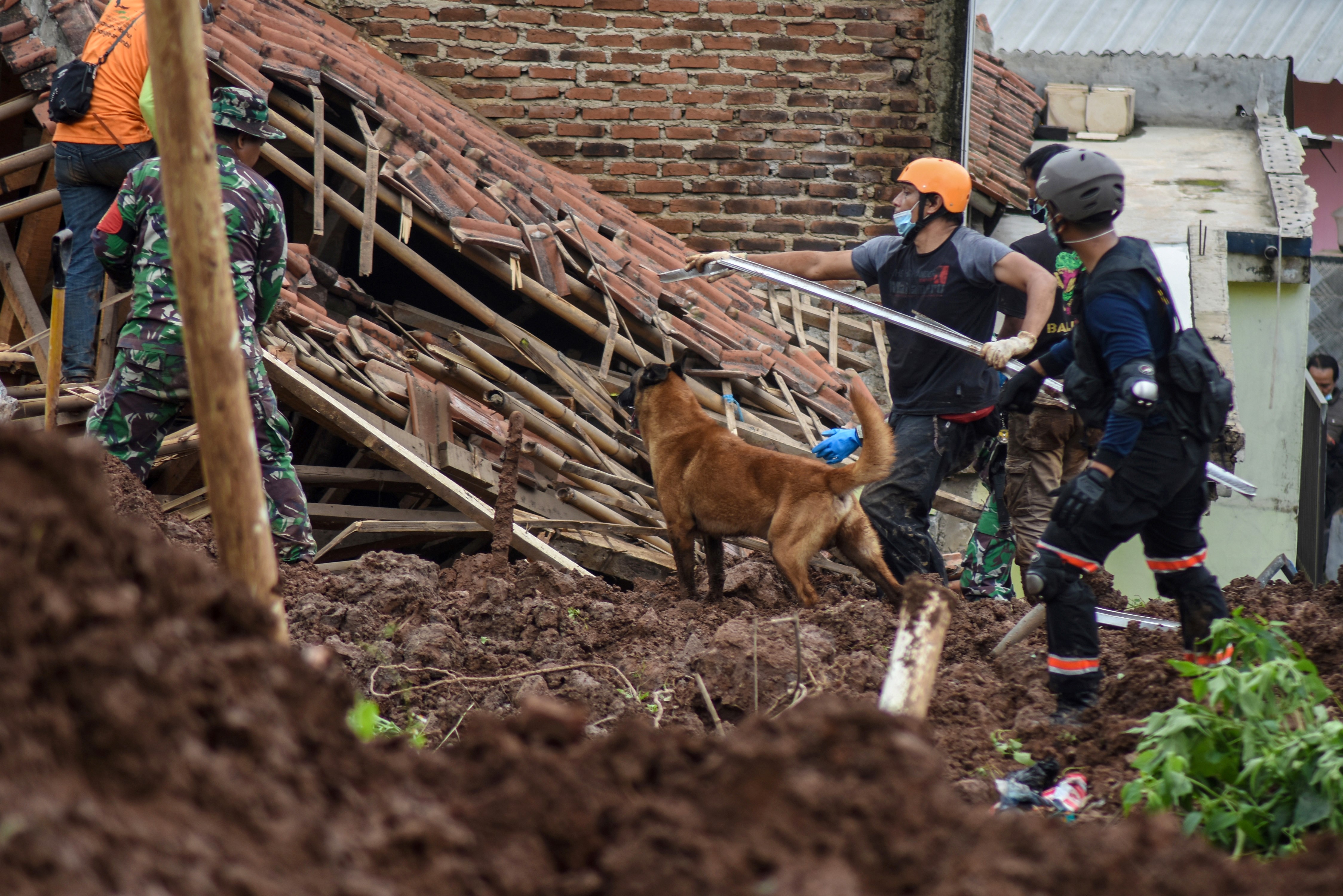
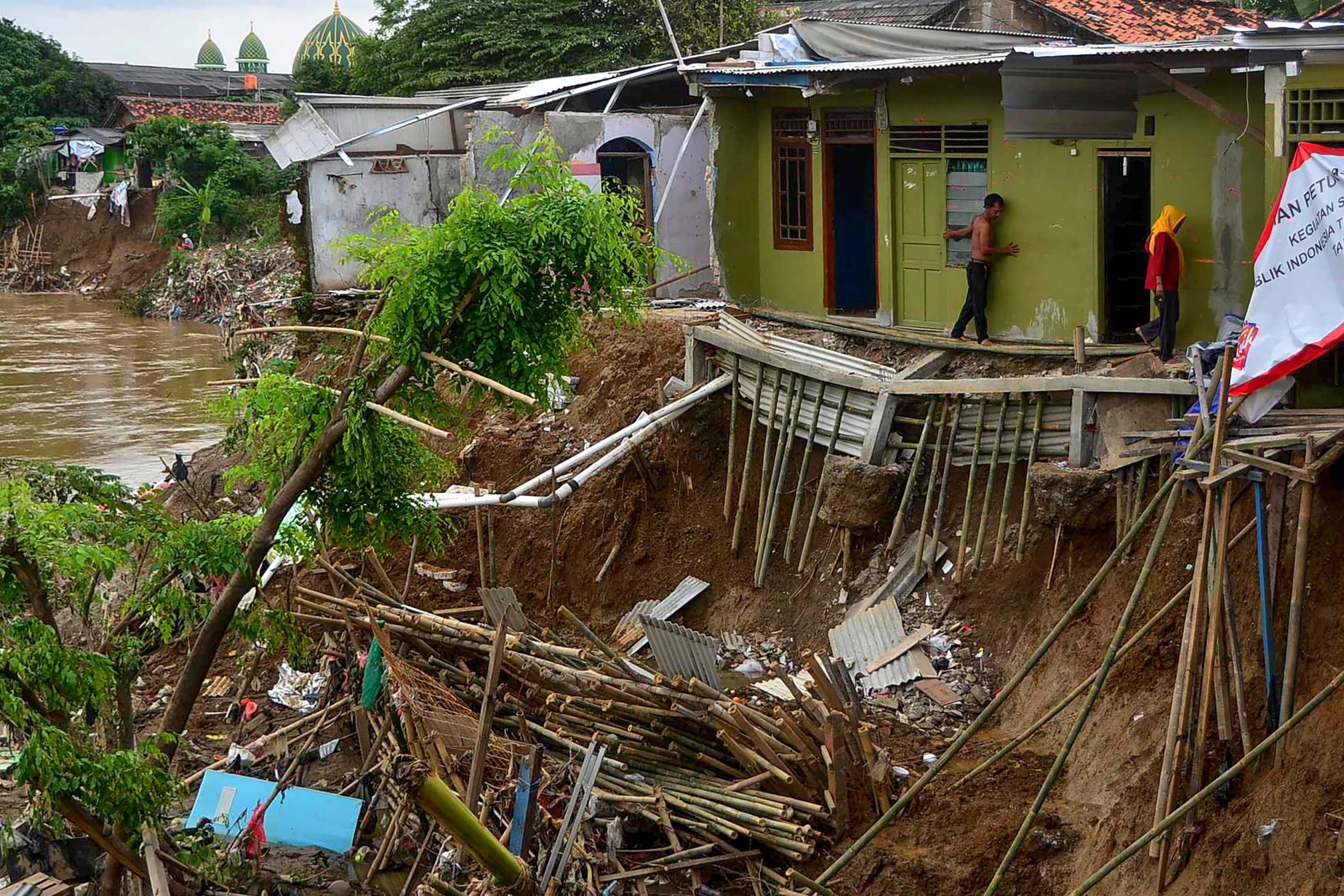
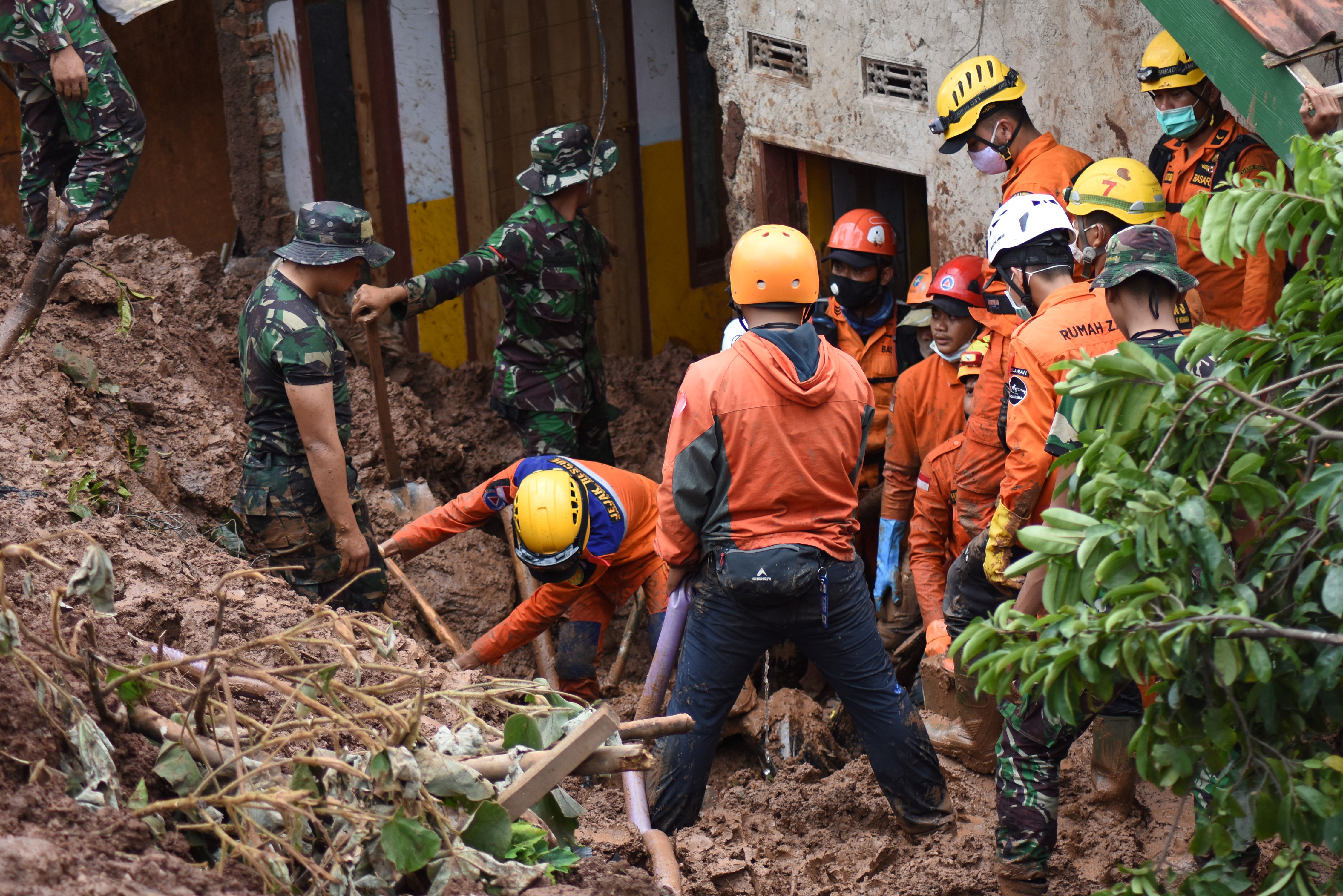
Search and rescue officers aided by local volunteers have been working tirelessly around the clock, tending to thousands of victims affected by the back-to-back disasters.
Workers in and around Sulawesi told VICE World News that the events have been “full-on” and “non-stop.” Energy, as well as momentum, they said, was running low.
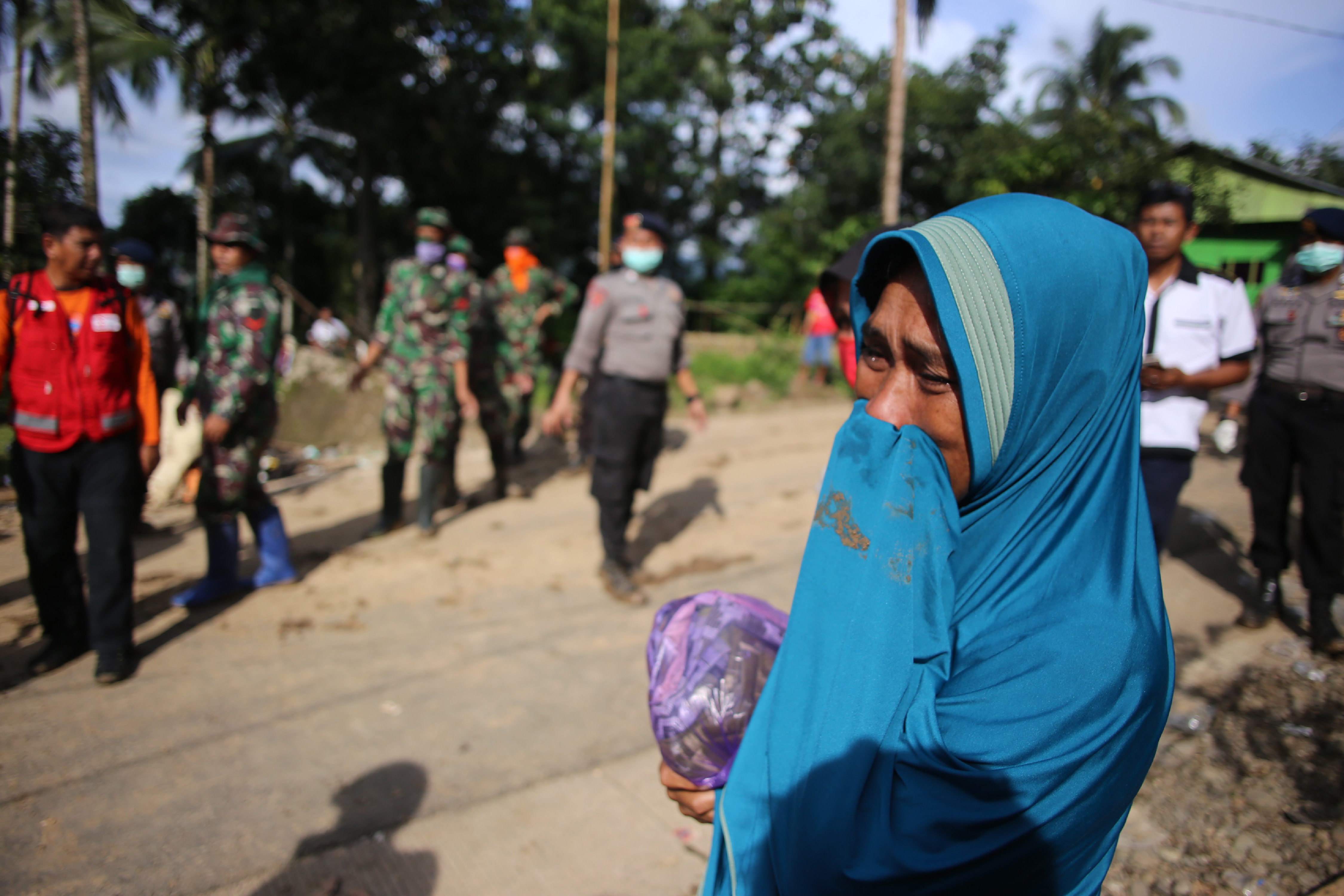
Saidar Rahmanjaya, who heads a local search and rescue agency, said that the aftermath of the earthquake and landslides was proving challenging. Roads and infrastructure were damaged and there were also large scale electricity blackouts. “There are also many people still believed to be trapped under rubble,” he said.
Sulawesi has often been the unfortunate target of devastating natural disasters. In 2018, thousands were killed when a 7.5-magnitude earthquake, followed by a tsunami, struck the city of Palu.
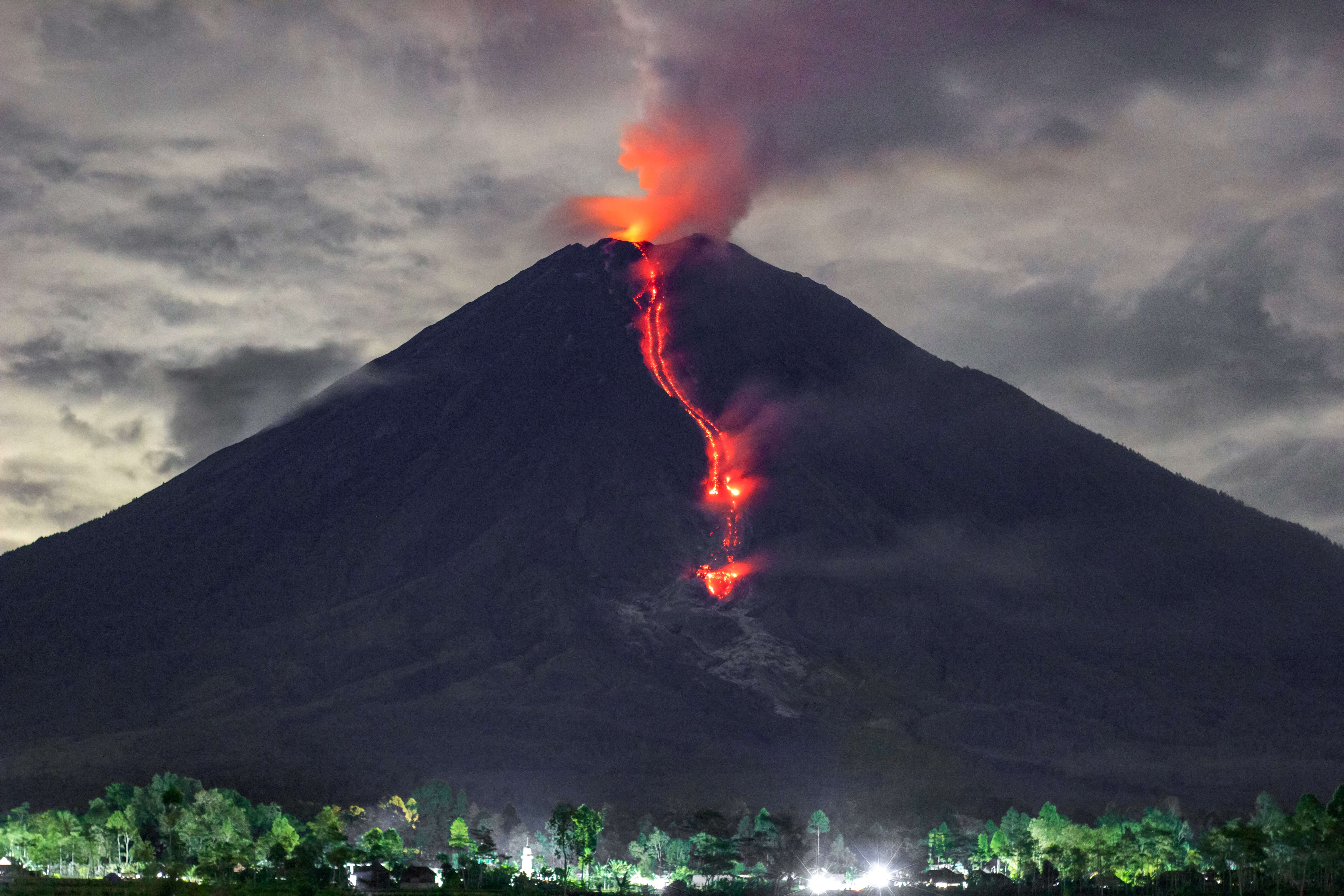
A dramatic volcanic eruption capped off the end of chaotic 11 days.
Indonesia sits on the infamous Pacific Ring of Fire, a string of volcanoes, earthquake sites and tectonic plates spreading some 25,000 miles from South America all the way to New Zealand.
Mount Semeru on Java island, the country’s most densely-populated, was seen spewing clouds of smoke and ash into the skies.
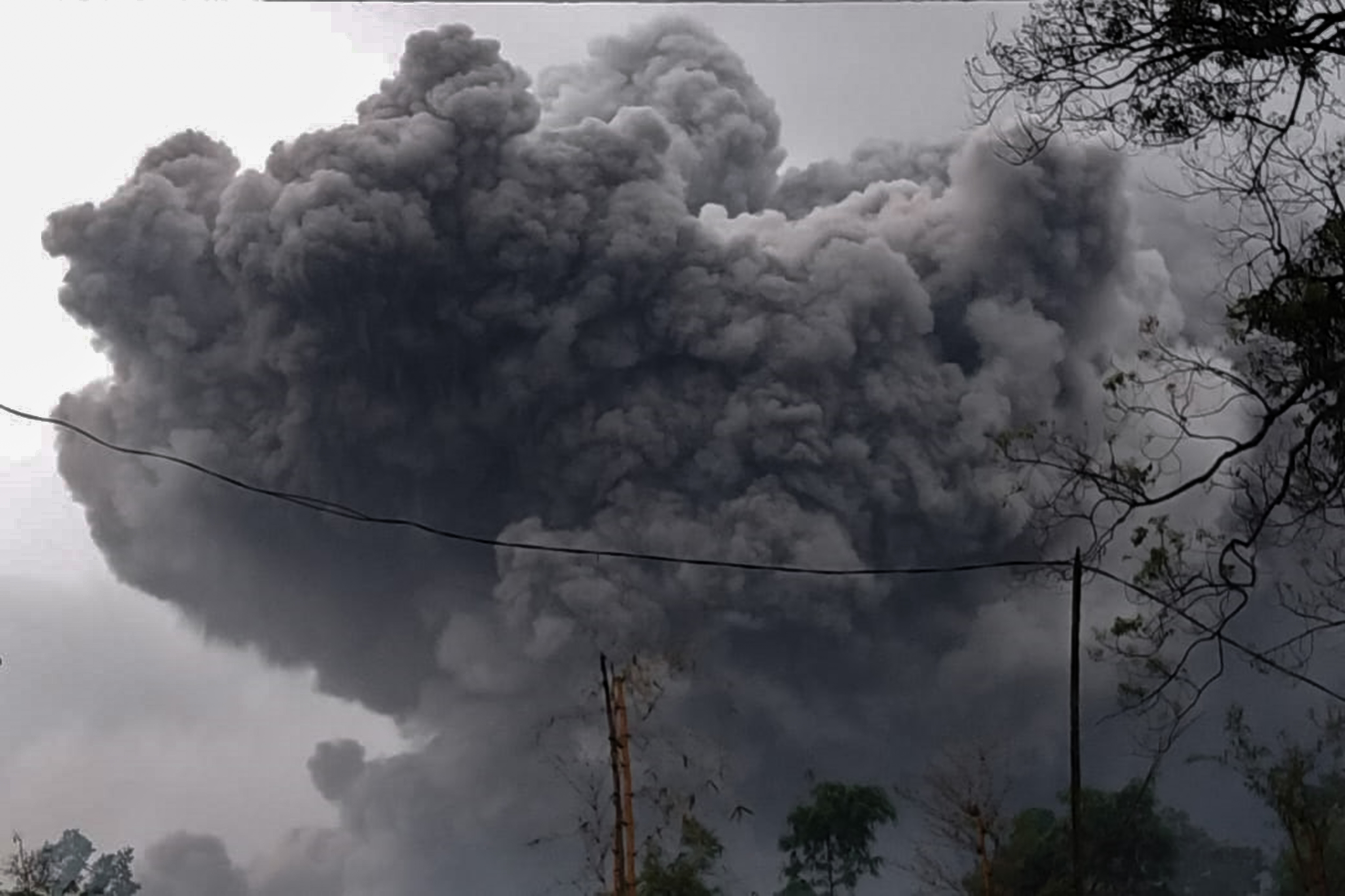
No evacuation orders have been issued so far, and no casualties reported. But mountain villagers were warned to be on the alert for signs of seismic activity.
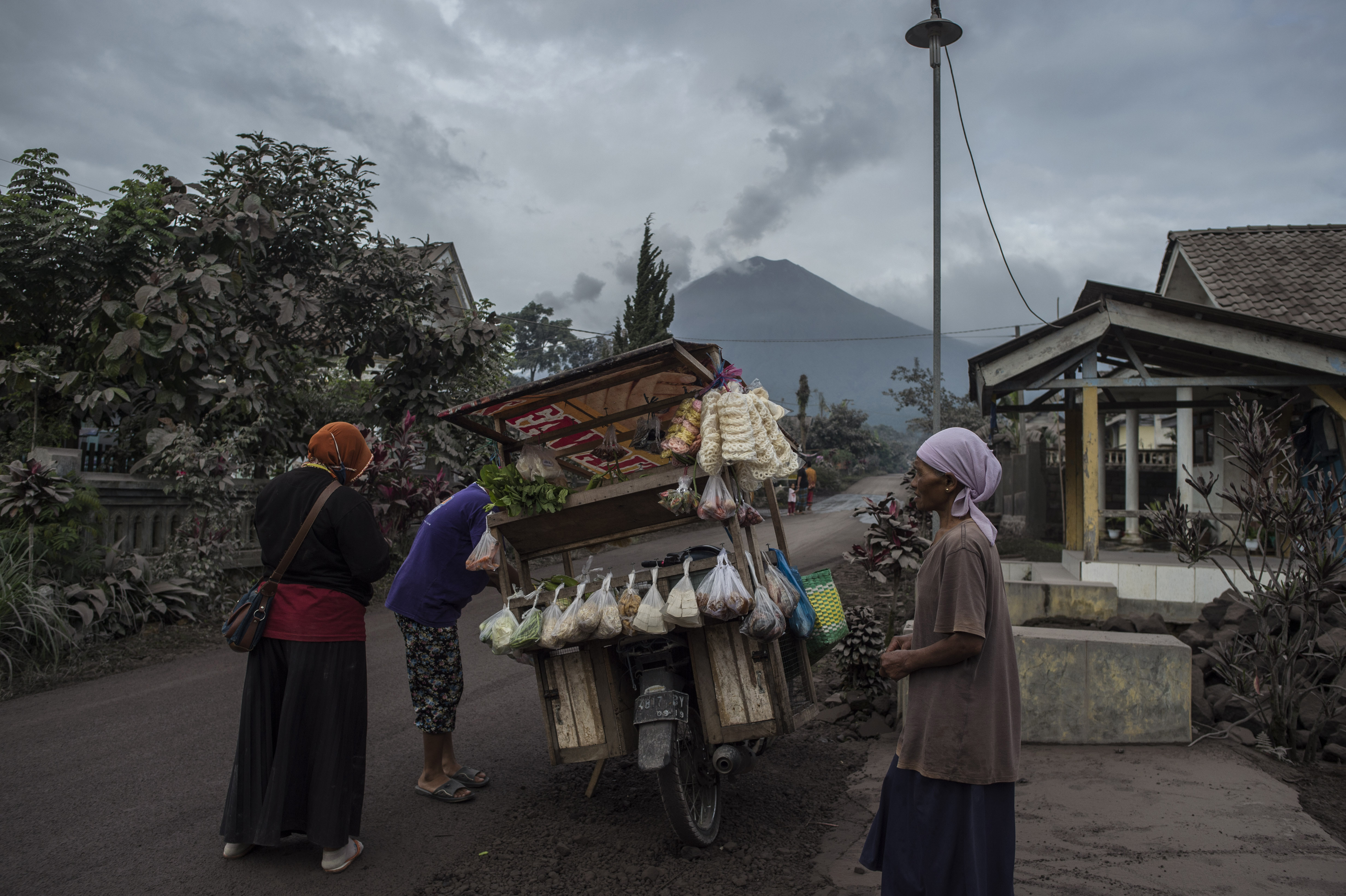
Indonesian scientists predicted that weather conditions would worsen and warned of possible tsunami threats ahead.
“The rainy season is soon expected to reach its peak in most parts of Indonesia,” the deputy head of Indonesia’s meteorology agency Guswanto told VICE World News.
“Extreme weather is predicted to continue for the next few days in more than 10 provinces and may bring about more flash floods and landslides.”
“There is also a high potential of rainfall with longer duration and higher intensity, which will pose serious risks of thunderstorms and large waves that can prove dangerous to planes and ships.”
